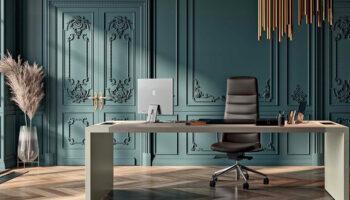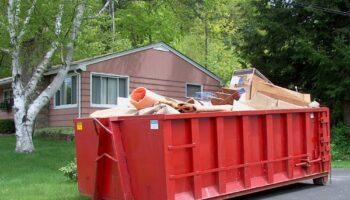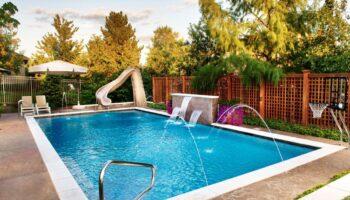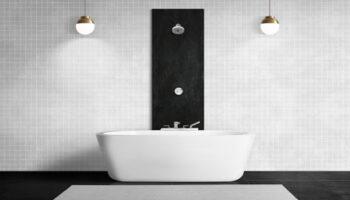The material you choose for your kitchen cabinets is a reflection of your personality. Kitchen cabinet door fronts, especially those on your wall-mounted cabinets, are the best items to use for a quick freshening up of the room.
There are plenty of material options to choose from, and each one comes with their own style and benefits. Some are variations on commonly used cabinets, while others are a little more out there, and come with their own set of interesting features.
Below are four of these materials, and why they’re great options for kitchen cabinet door fronts.
Aluminium
A most unusual, but interesting and unique material for cabinet door fronts, aluminium is a very beneficial choice.
Obviously, it’s a durable and long lasting material. It’s resistant to moisture, chemicals and heat, all things plentiful in any kitchen. This makes it better than any other cabinet material.
It’s low maintenance too, able to be cleaned with a simple damp cloth. Contrary to most assumptions, aluminum is rust-proof due to its oxidized finish. It also has a surprising amount of color options, once again unlike what you might think.
Thermofoil
Thermofoil is an alternative to laminate. It is scratch resistant so will stand up to the tests your kitchen will throw at it.
If your kitchen is a constant hub of activity, thermofoil is a great option with low maintenance. It is available in all categories of cabinets, from stock options up to fully custom.
The color choice is limited to lighter shades of white, but as these colors are popular and a great way to lighten up the room anyway, they will fit with just about any theme.
Veneer
A cheaper choice than solid wood, while retaining the classic look for your kitchen. Veneer is a thin layer of wood paneling, used over MDF for a rigid structure.
Because the wood layer itself is so thin, veneer cabinets are immune from the usual worries of solid wood. They won’t warp or crack in high humidity environments, or kitchens with poor ventilation.
Of course, if you do accidentally nick a panel, the unsightly MDF will be exposed. Use veneer if you have a light use kitchen. It’s a low cost option for stock cabinet fittings, environmentally friendly and each cut has a unique finish.
Maple
A fantastic wood option for your kitchen cabinets, maple has an array of benefits. For starters, it’s a relatively cheap wood in comparison to oak or pine. It withstands higher temperatures than cherry or pine.
It is extremely strong and durable, and retains the beautiful style of a classic hardwood. You can use it as a substitute for other types of wood, but it also has another upside.
Maple has a finer grain than it’s commonly used contemporaries, so it’s a fine choice for straining or painting. Staining works for a more traditional kitchen, whereas painting whatever color you like fits a more modern theme. The tighter grain also defends the door front from humidity and warping.






